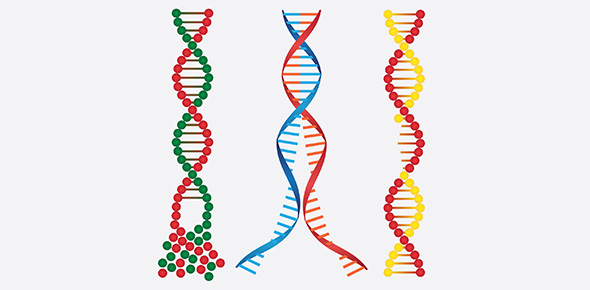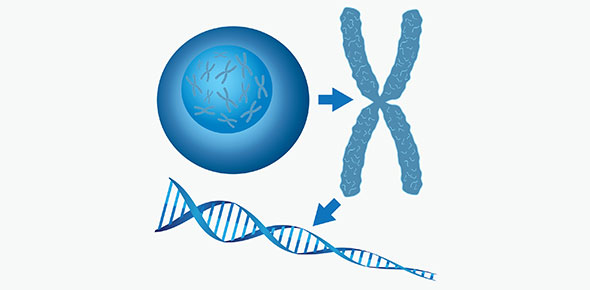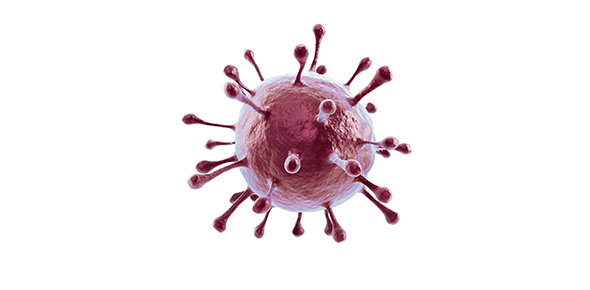Related Flashcards
Related Topics
Cards In This Set
| Front | Back |
|
What did Frederick Griffith want to learn about bacteria and who was he?
|
- In 1928, he wanted to learn how certain types of bacteria produce pneumonia
- he was a British scientist
|
|
Summarize Frederick Griffith's research with bacteria that cause pneumonia.
|
-He was trying to find a vaccine for pneumonia.
- Encapsulated pneumonia bacteria (disease-causing bacteria aka smooth colonies) caused the mouse to die (virulent)
- Non-capsulatedbacteria (harmless bacteria aka rough colonies) caused the mouse to live (non-virulent)
- encapsulated, heat-killed, disease causing bacteria (smooth colonies) - mouse lives
- the adding of heat weakened the bacteria which allowed the mouse to live
- live non-capsulated + heat killed encapsulated caused the mouse to die
|
|
The incorporation of new DNA into cells (one strain of bacteria being changed permanently into another) is called _________.
|
Transformation
|
|
What did Griffith hypothesize?
|
- Some factor, which might be a gene, was transferred from the heat-killed bacteria cells into the lives cells
|
|
Who first isolated DNA? Why was his discovery ignored?
|
Frederick Miescher, they still believed proteins were the genetic material
|
|
What molecule was thought to be the genetic material?
|
Proteins because they are made of 20 amino acids, therefore they are a complex structure while DNA only has 4 nucleotides
|
|
What did Avery, Macleod, and McCardy discover in 1944? How did they make this discovery?
|
They repeated Griffith's experiment to determine which molecule in the heat-killed bacteria was most important for transformation. They made an extract from the heat-killed bacteria and then carefully treated the extract with enztmes that destroyed proteins, lipids, carbohydrates, and other molecules, including the nucleic acid RNA and transformation still occurred. They repeated this but instead they treated the extract with an enzyme that would break down DNA, then transformation did not occur. They concluded that DNA was the genetic material.
|
|
What is a bacteriophage?
|
- a bacteria eater that infectsand kills bacteria, composed of DNA or RNA core and protein coat
|
|
What are radioactive tracers?
|
- radioactive forms of an element
- sulfur is found in protein and phosphorus is found in DNA
|
|
When a bacteriophage enters a bacterium, the virus attacked to the surface of the cell and injects its _____ _________ into it. What happens next?
|
- genetic information
- The genes act to produce many new bacteriophages, which burst out when the cell splits open
|
|
What were the results of the Hershey-Chase experiments? How did they determine this?
|
They added radioactive sulfur to a bateriophage and added radioactive phosphorus to a bacteriophage and found the sulfur on the outside of the bacteria and found the phosphorus on the inside of the bacteria. They concluded that the genetic material of the bacteriophage was DNA, not protein.
|
|
What two deductions did P.A. Levine make? Which one was "incorrect?"
|
1. each nitrogen base was attacked to a sugar (dioxyribose) which was attached to a phosphate group - which is the nucleotide (CORRECT)
2. All four nitrogen bases must be present in DNA in the same quantity (INCORRECT)
|
|
Chargaff discovered that:
|
- DNA is species specific.
- Adenine and Thymine always pair together
- Cytosine and Guanine always pair together
- cells from individuals of a species have the same ratio of DNA bases
|
|
What are the components of a DNA nucleotide? How are they bonded together?
|
-Phosphate group, dioxyribose (5C Sugar), & a nitrogen base
- Combinded together by covalent bonds
|
|
How is the diversity of living things achieved by DNA?
|
- the order/sequence of the nucleotides
|







